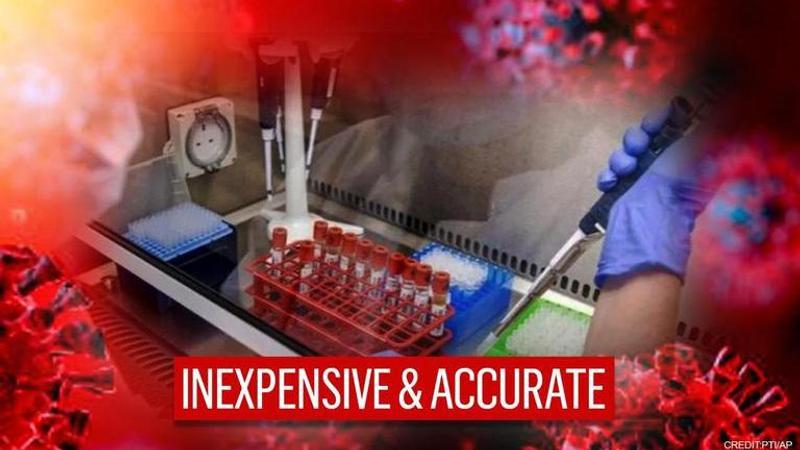Published 11:51 IST, October 5th 2020
COVID-19: Scientists develop new testing method that works without reagents
Scientists have developed a new testing method for COVID-19 that is both inexpensive and accurate despite not using scarce reagents needed in the RT-PCR test.

Scientists have developed a new testing method for COVID-19 that is both inexpensive and accurate despite not using short-supplied reagents needed in the current reverse transcription-polymerase chain reaction (RT-PCR) method. Researchers from the University of Washington in the United States have tested the new method and found it to be 92 percent accurate, which they say is enough to stop mass transmission. The new method only uses two steps to produce results as contrary to three used in the RT-PCR method.
According to the journal PLOS Biology, the new testing method does not use the reagents that are needed in the current RT-PCR method but still produces accurate results. In the old method, three steps were required before results could be produced, and that included using reagents in the second step. However, the new method omits the second step and directly jumps to the third, which is the amplification step. If the virus is present in the samples, positive results will be signaled.
Enough to stop mass transmission
Researchers from the University of Washington used 215 COVID-19 samples tested using the old RT-PCR method and tried it on the new testing method. They found that the new method produced 92 percent accurate results for positive samples and 100 percent accurate for negative ones. One of the authors of the study said that even 92 percent accuracy is enough to stop mass transmission.
The author explained that the RNA extracting reagents are both scarce and expensive, which makes mass testing in under-developed countries a difficult job. With the new testing method screening centres can be set-up in large numbers and it will also produce the results quickly. The new method can be used in developed and developing countries for testing of the general public, school-going children, among others, while the old RT-PCR method should be reserved for health care staff, frontline workers, where close to 100 percent accuracy is essential.
(With inputs from PTI)
Updated 11:50 IST, October 5th 2020



